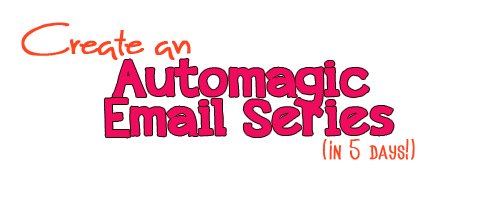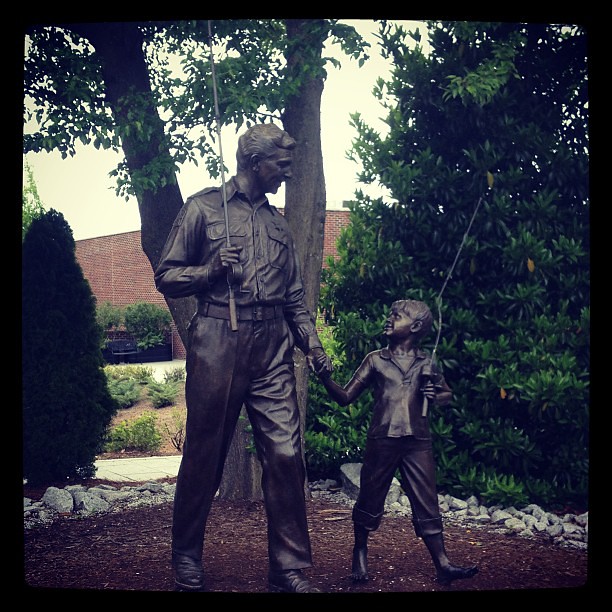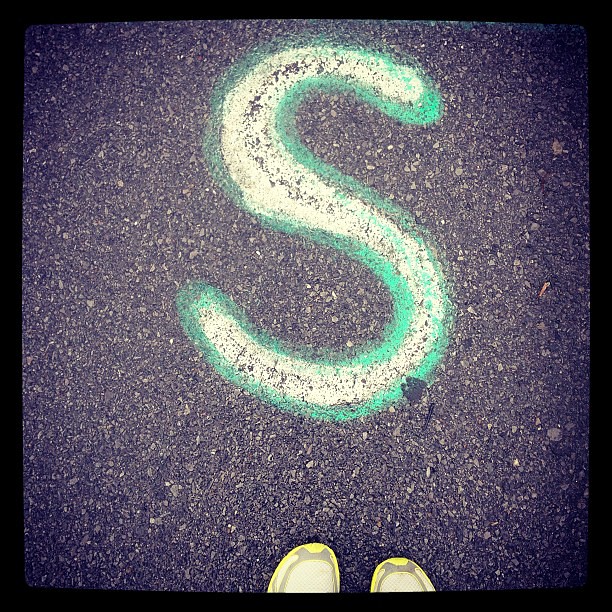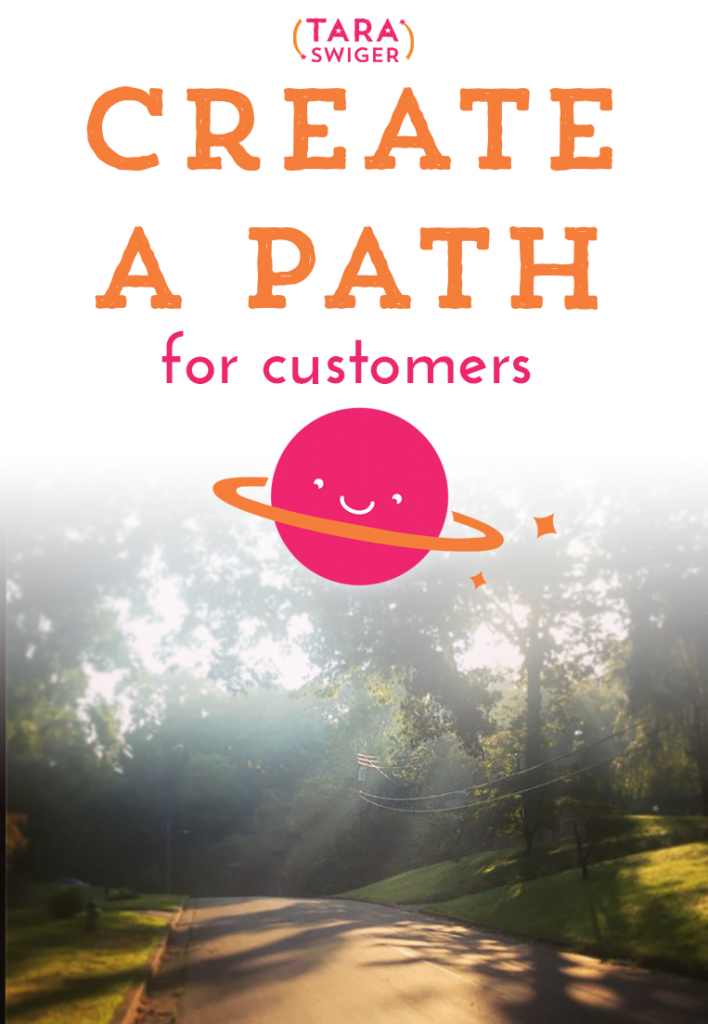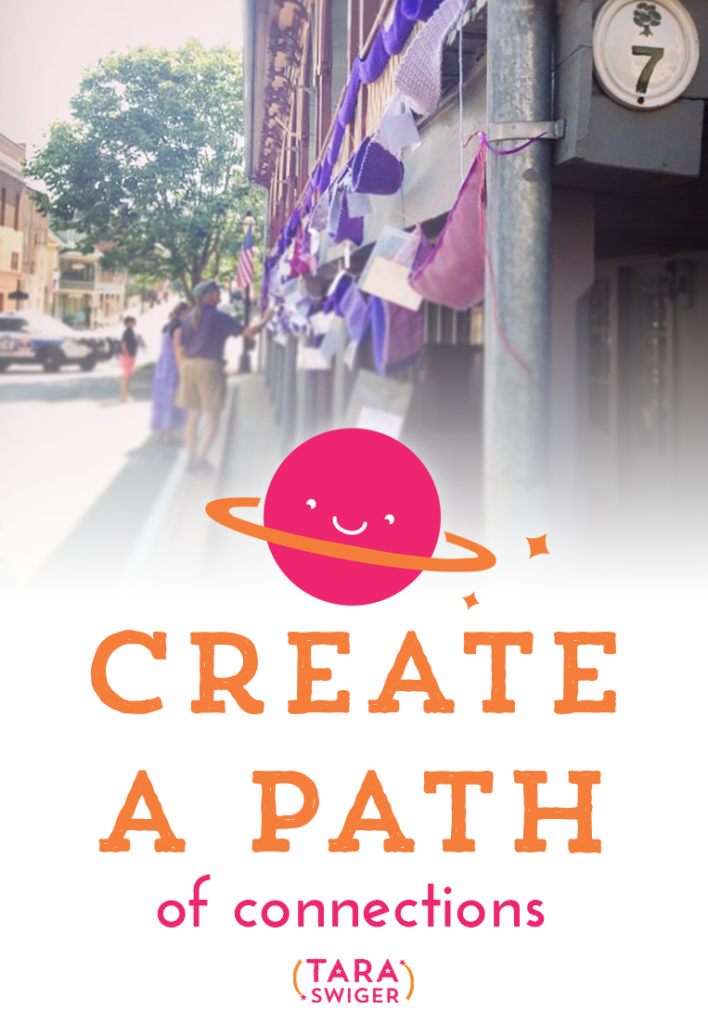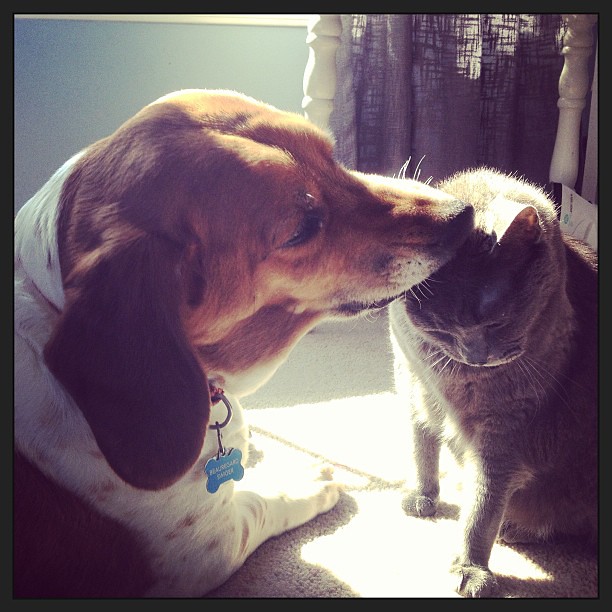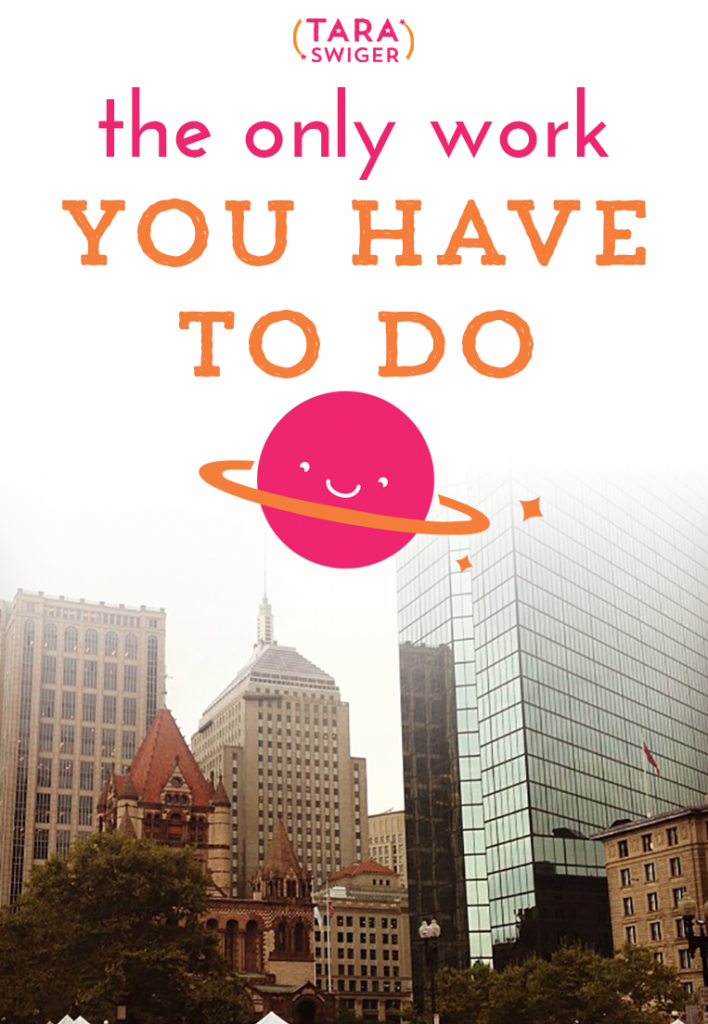As I've been writing about automagical email series, I've mentioned a few times that I'm such an evangalist because they work so amazingly well for my business. But I try to be careful to not assume that because it works well for me, that it'll work for anyone else. So I've experimented with clients and students and finally feel (after first falling in love with it over a year ago!) really sure that it can work for a wide variety of makers and their people.
As I wrote about those clients and examples, it occurred to me that, in hopes of avoiding comparison, I've been avoiding talking about my own business. I have to be honest, I have a lot of resistance to telling you how great it works for me. Not because I don't want to be helpful, but because I do not want to give the illusion that everything is awesome and magical and that if you just did one thing your life will change! But it also wouldn't be fair or honest to act like I don't know what works, or that I don't have a favorite tool.
Although there is no secret of success, and you have to explore and experiment to find what will work for your business…there are tools and strategies that have worked for me, that you might want to try.
So before we go further, take a deep breath. Think about what you really love about your business and what you want from it, right now. Keep that firmly in mind as you read through what's worked for me, ok? Don't get distracted by the success (and I do consider it a success) or start dreaming that this will change everything.
What works (for me)
The one thing I've created, that generates more sales than anything else I've ever done, is my automagical series to my Starship Early Boarding list. In the two Boardings since I created it, registrations have doubled.
These emails introduce you to real members of the Starship, and tell their success stories (increased sales, met goals, emergency surgery fundraising, etc) in their own words. I also include messages about who the Starship is for, and examples of what we talk about in our weekly chats.
The series isn't a trick. It isn't magic. But it works because it answers the real questions people really have (Is this for me? Who does this help? How does it work?), and it does it slowly, over time, allowing the reader to think and reflect. And unlike writing regular blog posts, or tweeting, or even my usual weekly newsletter, I don't have to struggle with moments of self-doubt, writer's block, or feeling self-promotional. The email series just happens automatically…so even in my slow, tired, low times, it still provides a service to the people who already want to join. It doesn't convince or cajole or “sell”. It's real and honest and organized, so that I know they have all the information they need and they don't have to wade around their unasked questions, trying to decide.
It works because it's focused on the almost-ready buyer and it honestly answers their questions.
What questions could you answer for your buyers?
If you're a bit fuzzy about that, let me help. I've compiled lessons on how to be effective, along with worksheets that will walk you through determine what to write and what questions to answer, in the class Creating Automagic Email Series. It's only $39 until Monday.



